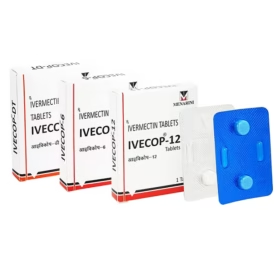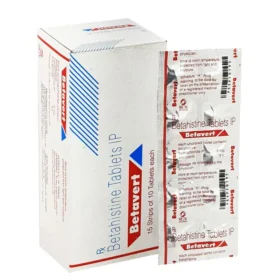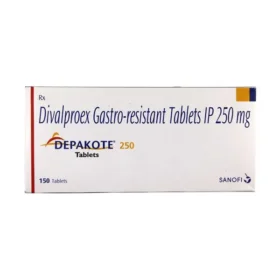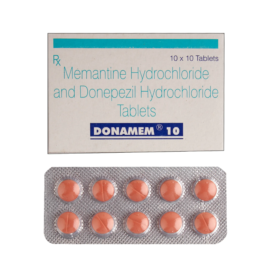- Your cart is empty
- Continue Shopping
Product
Lidogab Gel (Gabapentin/Lidocaine)
$36.00
Lidogab Gel combines Gabapentin and Lidocaine to deliver targeted relief from neuropathic pain such as post-herpetic neuralgia, diabetic neuropathy, and nerve injuries. Its topical application ensures fast action with reduced systemic side effects compared to oral medications. Easy to use and clinically supported, Lidogab Gel is a trusted solution for localized nerve pain management. For medical insights and detailed drug information, visit reputable sources such as Mayo Clinic, Drugs.com, WebMD, FDA, PubMed, Healthline, and WHO. Always consult your healthcare provider before use for safe and effective pain management.
Lidogab Gel combines Gabapentin and Lidocaine, two powerful agents widely used to manage neuropathic pain and localized nerve discomfort. This topical gel offers targeted relief by reducing nerve sensitivity and blocking pain signals. It is often recommended for conditions such as post-herpetic neuralgia, diabetic neuropathy, and nerve-related chronic pain. For more detailed medical insights, you can explore trusted resources like Mayo Clinic, Drugs.com, and FDA.
Key Benefits & Uses
-
Provides localized pain relief without heavy systemic side effects.
-
Helps manage nerve pain caused by shingles, diabetes, or injury.
-
Easy-to-apply gel formulation for direct application.
-
May reduce the need for oral pain medications.
-
Clinically backed through studies available at PubMed and other research sources.
For broader health education on neuropathic pain, visit WebMD and Healthline.
How to Use
-
Apply a thin layer of Lidogab Gel directly to the affected area.
-
Use as prescribed by your healthcare provider; do not exceed the recommended dosage.
-
Wash hands thoroughly before and after applying.
-
Avoid contact with eyes, mouth, and open wounds.
Further safe-use guidelines are available on the World Health Organization (WHO) website.
Important Safety Information
-
Not suitable for patients allergic to Gabapentin, Lidocaine, or similar medicines.
-
Use caution if you have liver, kidney, or heart conditions.
-
Do not apply on broken or severely irritated skin.
-
Keep away from children and pets.
Detailed drug safety profiles can be found at FDA and Drugs.com.
Common Side Effects
Some patients may experience:
-
Mild skin irritation or redness at the application site
-
Tingling, burning, or numbness
-
Rare allergic reactions
You can learn more about potential side effects on Healthline and WebMD.
Why Choose Lidogab Gel?
Lidogab Gel is a trusted topical therapy for nerve-related pain, designed for patients seeking effective and targeted relief. Its dual-action formula not only reduces pain but also improves comfort without relying heavily on oral medications. Backed by medical research from PubMed and trusted institutions like Mayo Clinic, this gel is a preferred option for long-term pain management.












